Through both traditional printmaking and contemporary digital techniques, Ithaca based artist Camille Chew (Lord of Masks), leads us into her fantastical universe filled with a cast of masked witches, demons and deities, and a whole host of celestial curiosities. Inspired by mythology, the occult and all things magical, Camille conjures up intriguing images which instantly cast their spell on us, and have us searching for hidden meanings within their abundance of signs and symbols. A graduate of Alfred University, one of New York’s leading design schools, Camille has also recently begun a fellowship at The Ink Shop, a printmaking studio and artist collective located in her home city. We chat about this in the following interview, along with her mystical work and witchy inspirations.
Hi Camille, thanks for taking the time out to chat! To get us started, could you tell us where you’re from and what you like about where you’re currently living?
Hi there! I’m from Ithaca, NY and that’s where I’m living now; I moved back home after college. Recently I’ve been enjoying getting to know the artist community here in Ithaca through my fellowship at The Ink Shop and though local craft fairs I’ve been participating in.
In what ways did your childhood and upbringing affect your relationship with the arts?
I grew up in a pretty artistic household. When my sisters and I were little we used the closet under the stairs as a studio where we were allowed to color all over the walls. Later, a real studio was added to the back of the house and the garage was turned into a clay studio. Family vacations were spent traveling to cities and visiting galleries and museums. My older sister, Marika, is also an artist, and my mom is often volunteering on projects involving art (and getting us involved in them too). So I’ve always been very much encouraged in my pursuit of a career in the arts.
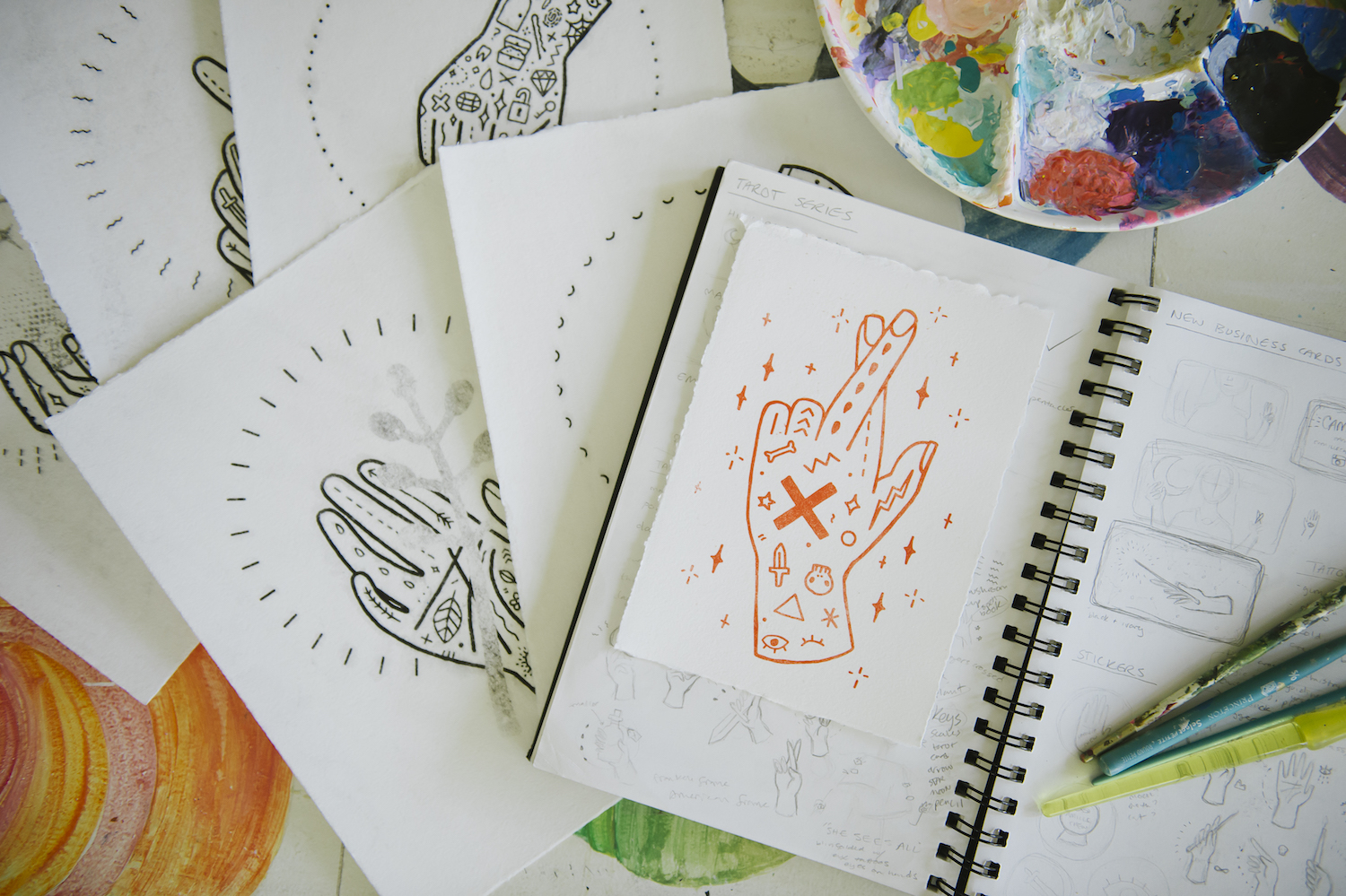
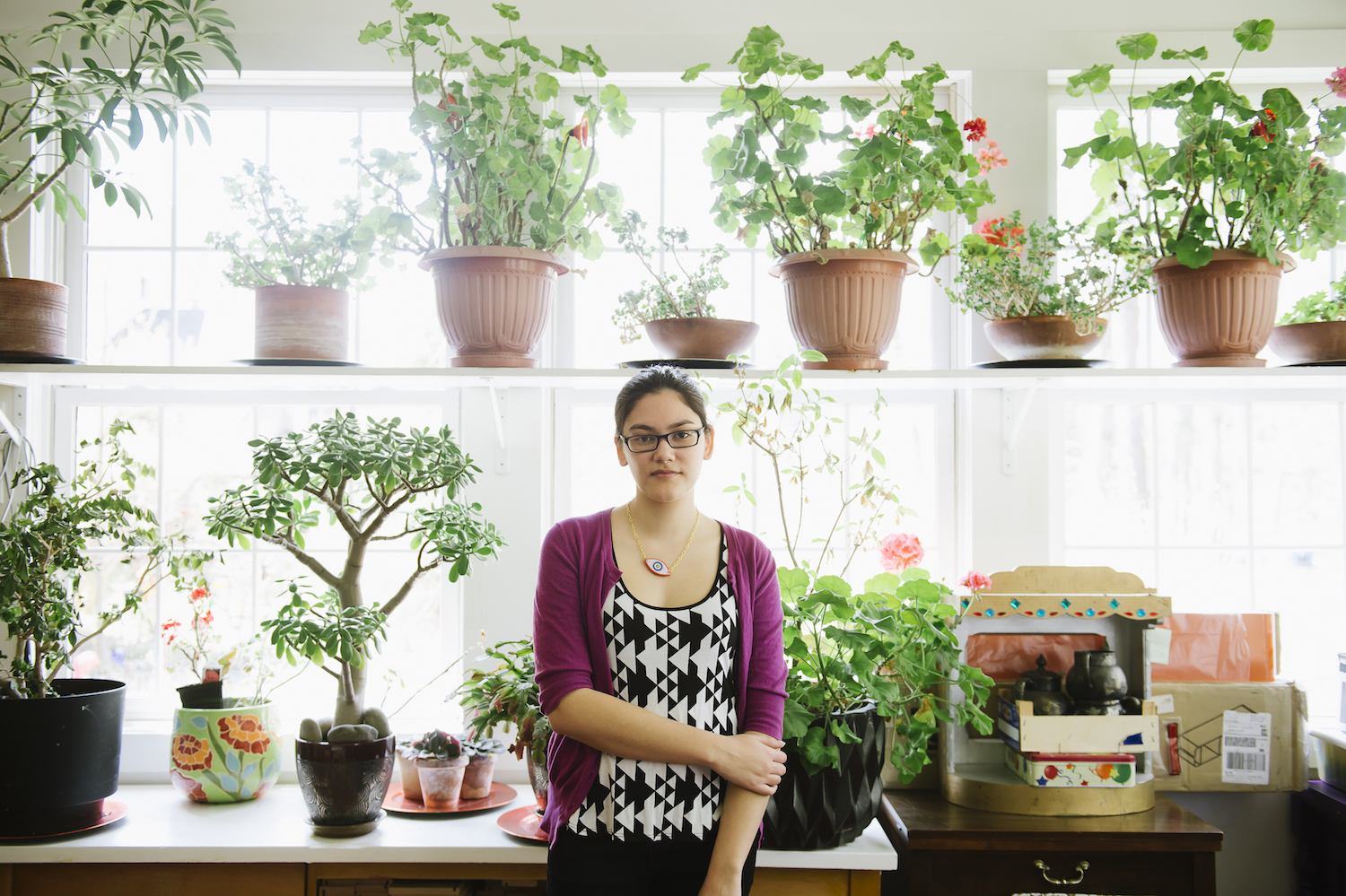
Talk to us more about your interest in mythology and the occult. What were some of the first stories you heard or experiences you had that sparked your curiosity about the subjects? Also, what turns have your fascinations taken over the years?
When I was little I really enjoyed fairy tales, fables, and mythology, and I read a lot of fantasy. I think my work has always reflected this, often having whimsical and magical elements in it. I had a great book of Greek myths and a collection of Aesop’s fables – back in high school I did a series illustrating several stories from it. In my junior year of college I took a Pre-Columbian art history course that influenced my work at the time – that’s when I began trying to build my own mythology through my art. During the past two years I’ve started using more occult themes in my work. I think of my interest in the occult in the same way as my interest in fantasy and mythology; there are a lot of great stories, ideas, and imagery that I can draw from and reinterpret to make my own.
You explore these ancient themes through the use of modern technology and with a very contemporary aesthetic. What are your thoughts about the duality that exists between your thematic content and your visual aesthetic?
I’m building my own personal mythology through my work; taking these ancient themes and creating a contemporary version of them. The motifs I use are present in so many mythologies and stories because they resonated so much with people. I think these themes continue to be relevant today, so it seems natural to incorporate them into my work. Having that duality between my thematic content and a more contemporary visual aesthetic makes these familiar themes new again.
With your imagery being so full of signs and symbols, research must be a key component of preparation for you. How do you approach this aspect of your work?
When I think of sitting down to do research it seems daunting and tedious, like researching for a paper. But my research is really just me learning about things that I’m interested in and it often happens along the way as I’m working on a piece. I do the most research when I’m planning a series. There are tons of tables in my sketchbook with lists of the different symbols, icons, and elements that I want to include with each piece. Over time I’ve built up a library of these symbols (that I’m always adding to) and what they mean to me, so I can use them in my work again and again.
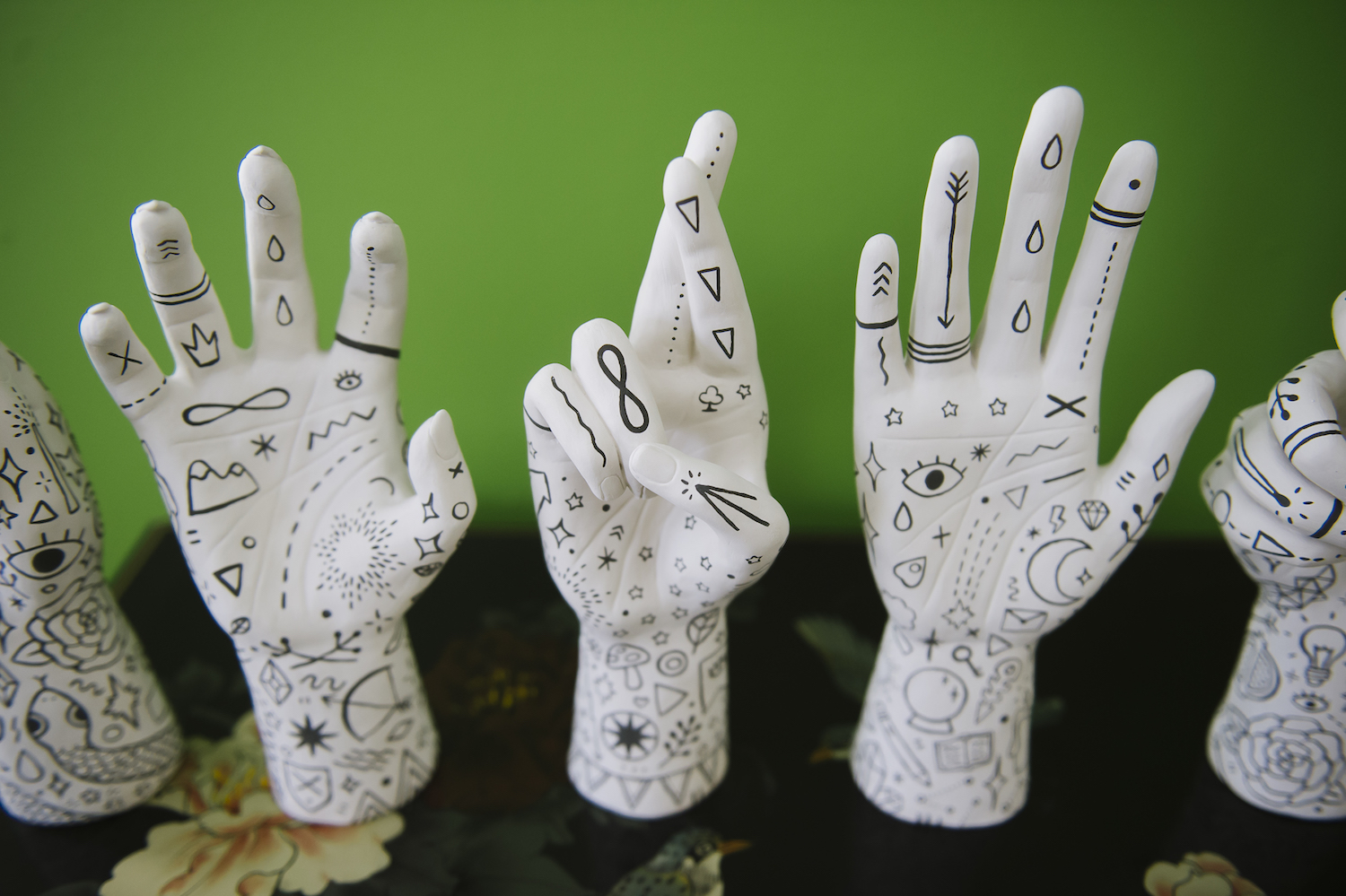
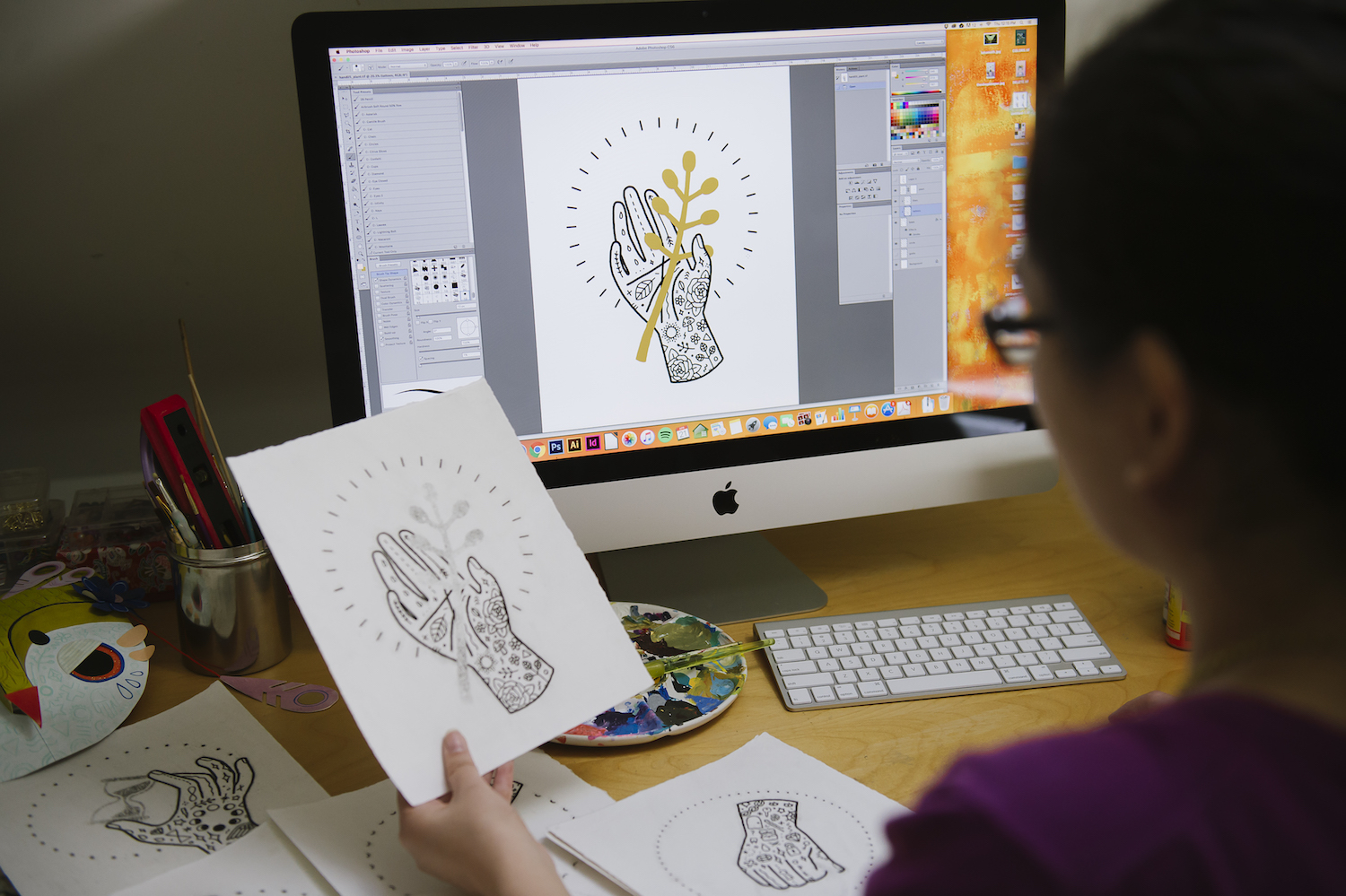
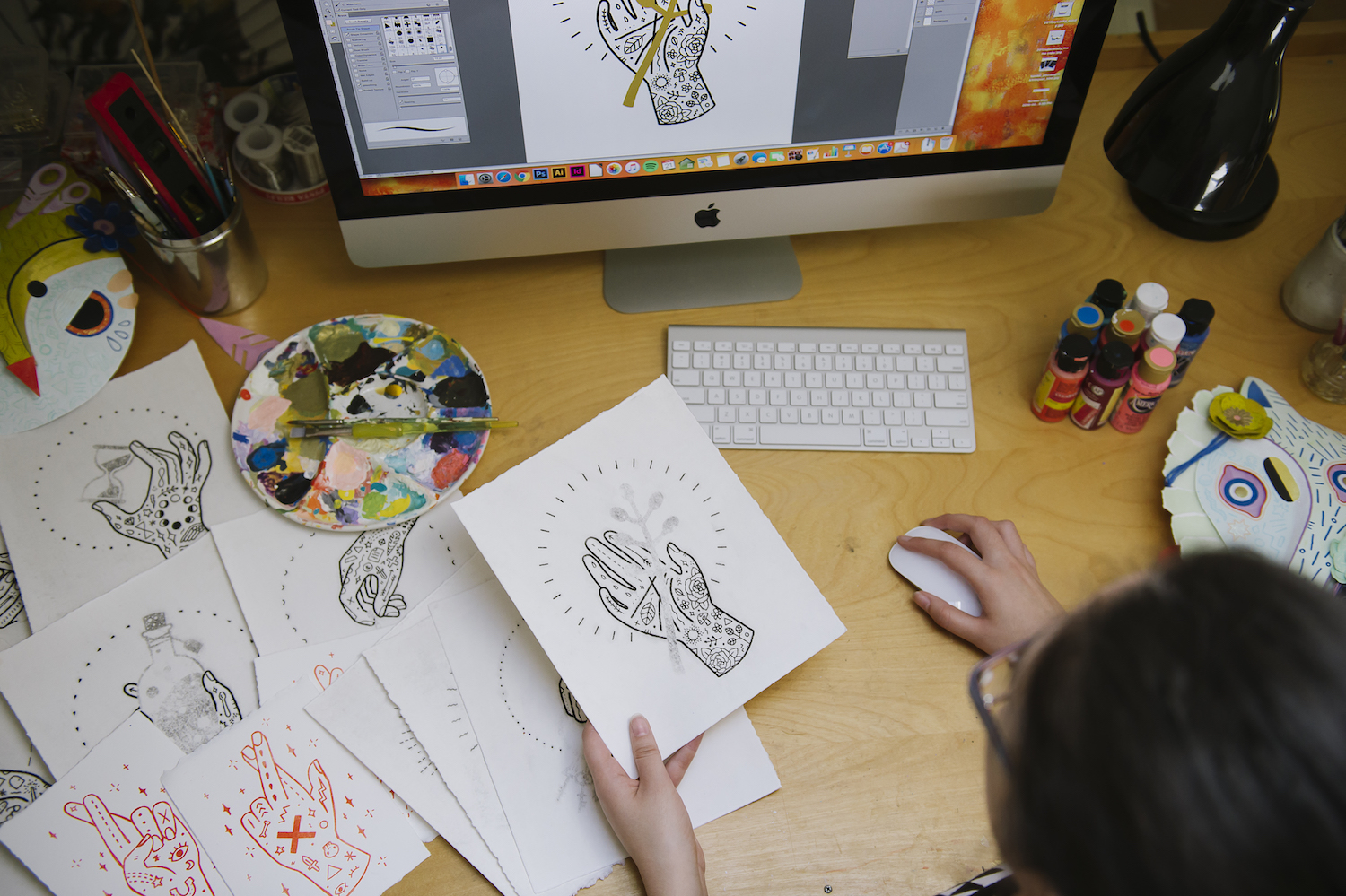
‘Lord of Masks’ is the moniker you work under and masks are clearly of great significance to you and the imagery you produce. Do you think about them from a symbolic perspective or maybe it’s their cultural history that interests you? Would you mind elaborating on some of your thoughts about masks and their role in your work?
In college I would doodle these creatures with masks for faces and I soon began making actual masks out of digital prints and monotypes. The people I draw in my work continue to have very mask-like faces; front-facing, perfectly symmetrical, with a very static expression. A large part of my interest in masks is just from an aesthetic point of view; they are beautiful art objects. I also enjoy them from a symbolic perspective and I like that masks hold the power to hide and change one’s identity. They’re representations of a character which you can put on and then become that character.
As you mentioned earlier, you recently begun a fellowship at The Ink Shop, a printmaking studio and artist collective located in your home city. Tell us a little about how this came about, your relationship with printmaking and how the fellowship is going?
I discovered printmaking in college and ended up concentrating in it. After graduation I was able to get a summer internship with The Ink Shop, and last year I had a small show with them featuring my witch series. So I’ve had some involvement with TIS for a while. The fellowship is going great, I have several print series planned and currently in progress. Including a series of large scale monotyped masks that will each be accompanied by a small shrine of clay pieces and other objects.
In what ways do you feel that your training in Printmaking has influenced your visual aesthetic and current techniques? As you’re working more and more within the digital domain, do you find that your traditional printmaking background has any bearing on how you tackle your digital work?
My background in printmaking definitely influences how I work digitally. My current digital style developed after I graduated and no longer had as much access to a print studio, so I was doing most of my work on the computer. The images I made were still created with printmaking in mind though. I did a lot of t-shirt designs which had the look of silkscreens; you can still see this influence in my work through things like my use of limited color palettes. My digital work often emulates traditional printmaking techniques or is made with the idea that I could later make it into a print.
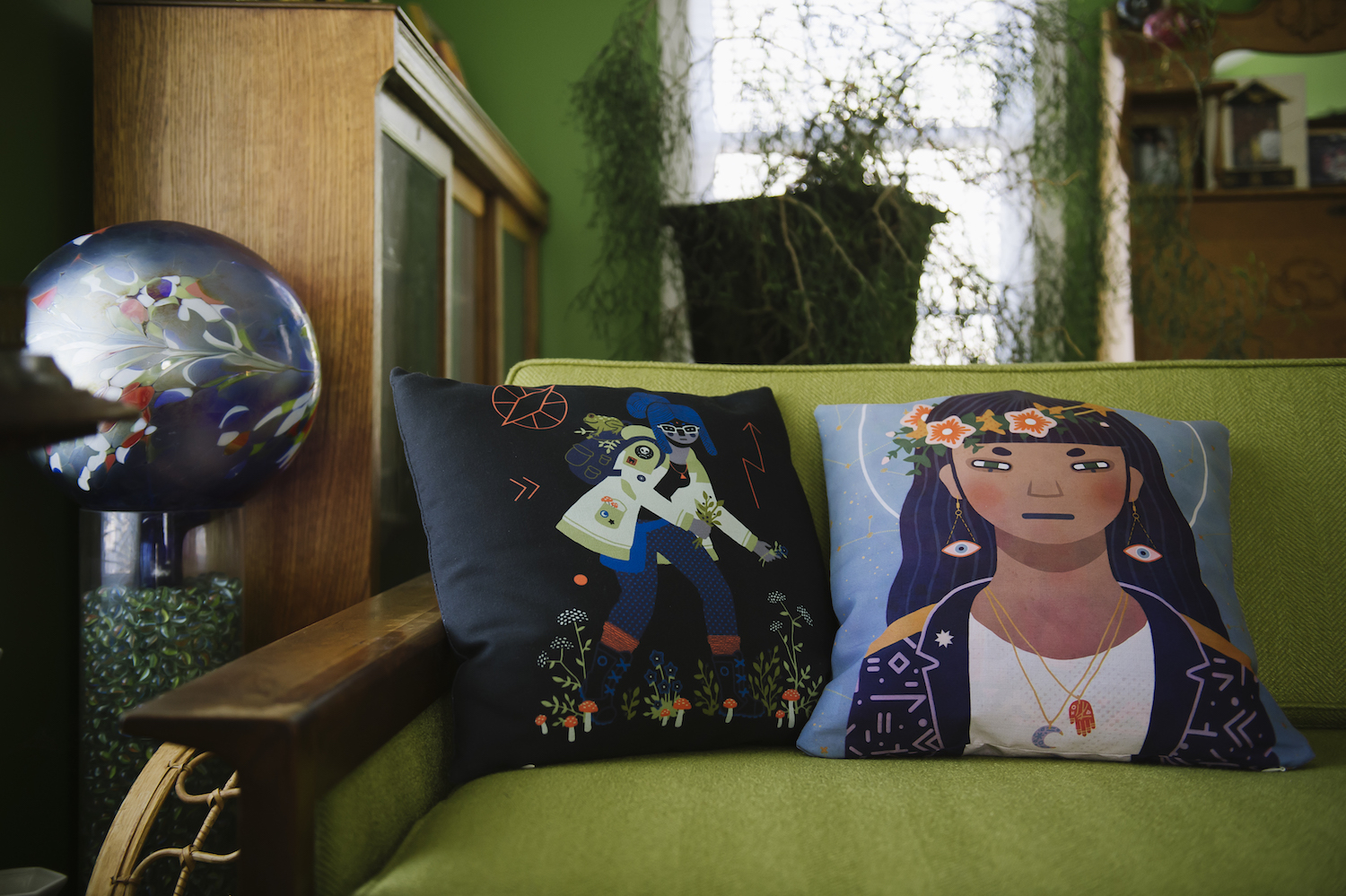
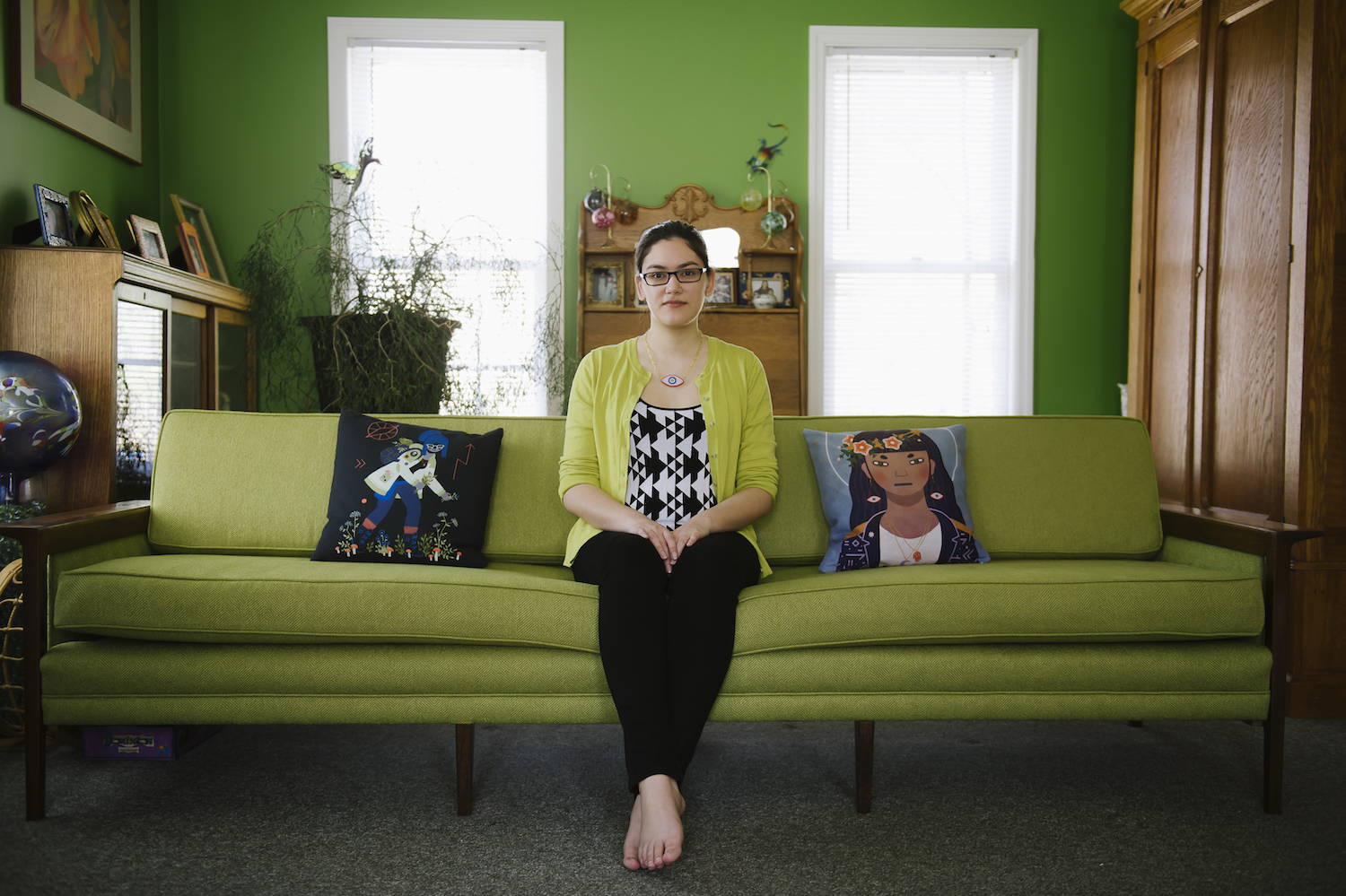
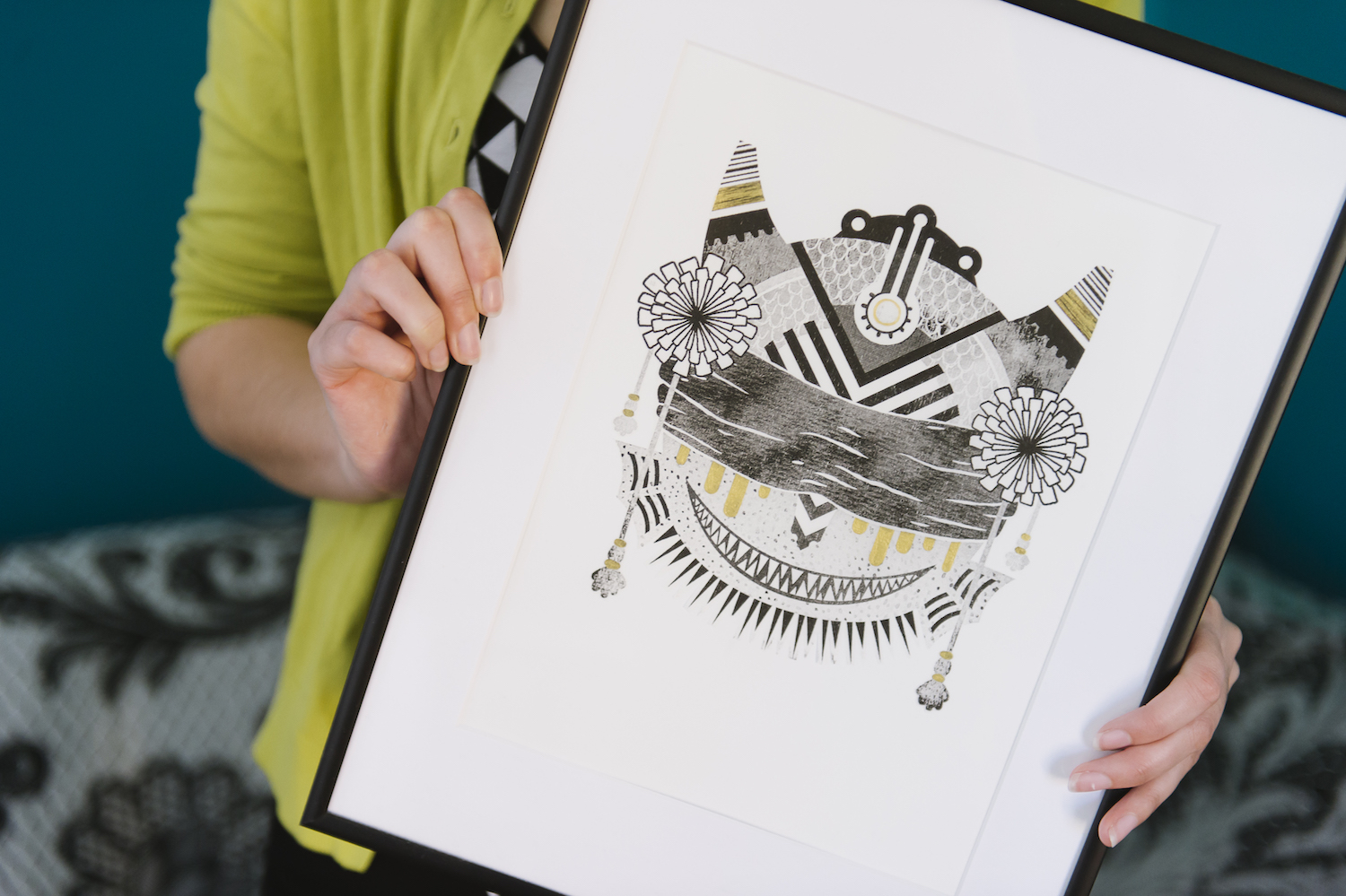
The protagonists in your art are always so fashionable! Often adorned with funky outfits and jewelry. How do you view this element of your work and what facets of contemporary fashion are an inspiration for you?
Clothing my characters in contemporary fashion is another element that takes the ancient themes that I work with and brings them into today. For outfit inspiration I look at street fashion, what I see other girls wearing, and I often draw outfits similar to what I wear, or would like to wear. I like the idea of clothes being a form of wearable art, which is why I enjoy making jewelry and designing t-shirts, and I think the way I dress my characters is a reflection of this.
Working both as an illustrator on commercial commissions and also as an artist on your own personal projects, how do you go about creating balance between the two and do you feel that there are benefits to having those different working hats?
There are definitely benefits to doing both. I always try to make time for personal projects because that’s where I can experiment more, explore my own interests and ideas, and where I have the most freedom as I only have myself to please. It’s through these personal projects that clients often find me. Commercial commission work involves more problem solving; where I need to create a piece that fulfills certain requirements. There’s also the collaborative aspect of commissions making the end result something that I wouldn’t have been able to come up with on my own. Both kinds of work always end up inspiring one another.
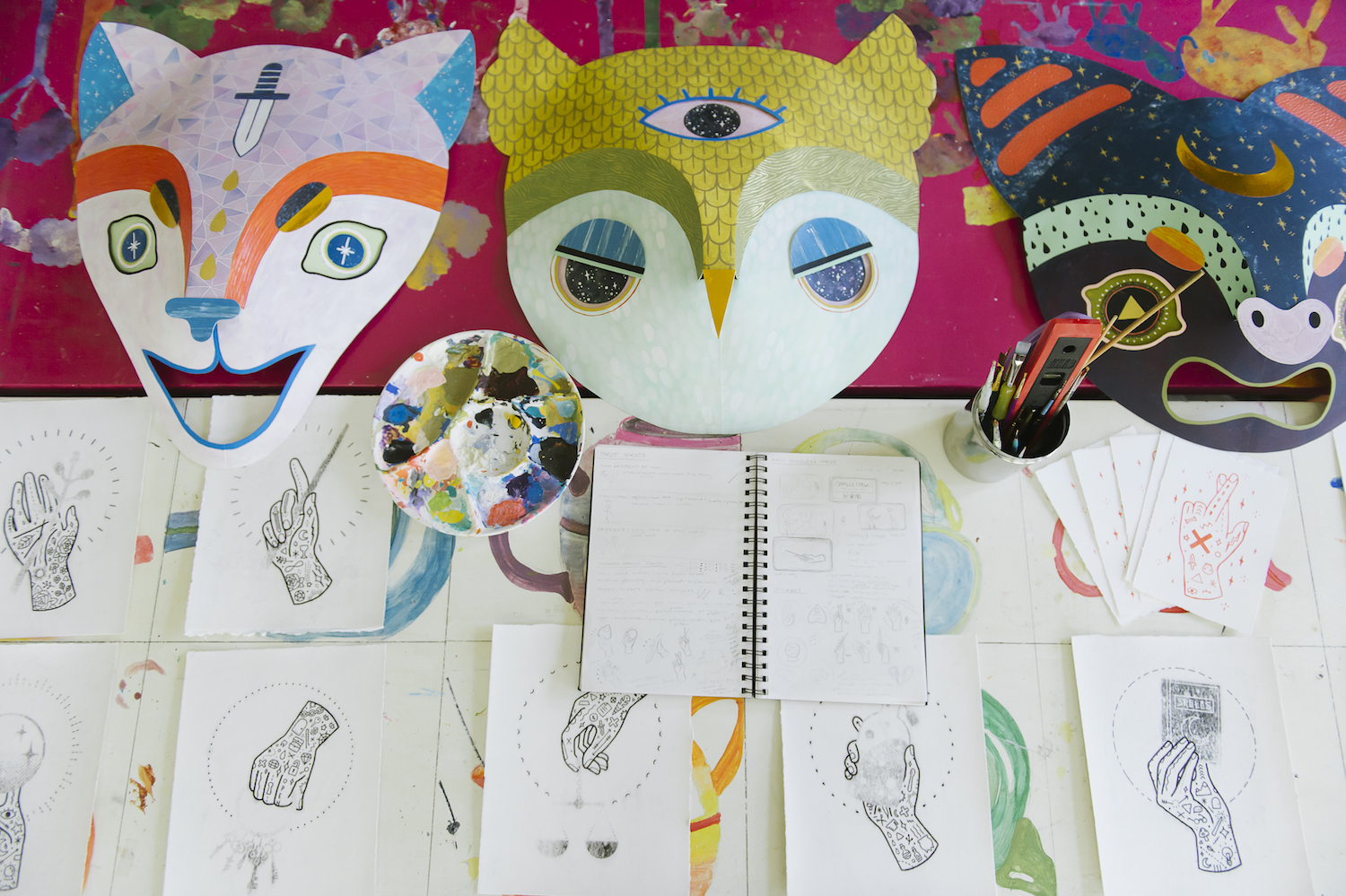
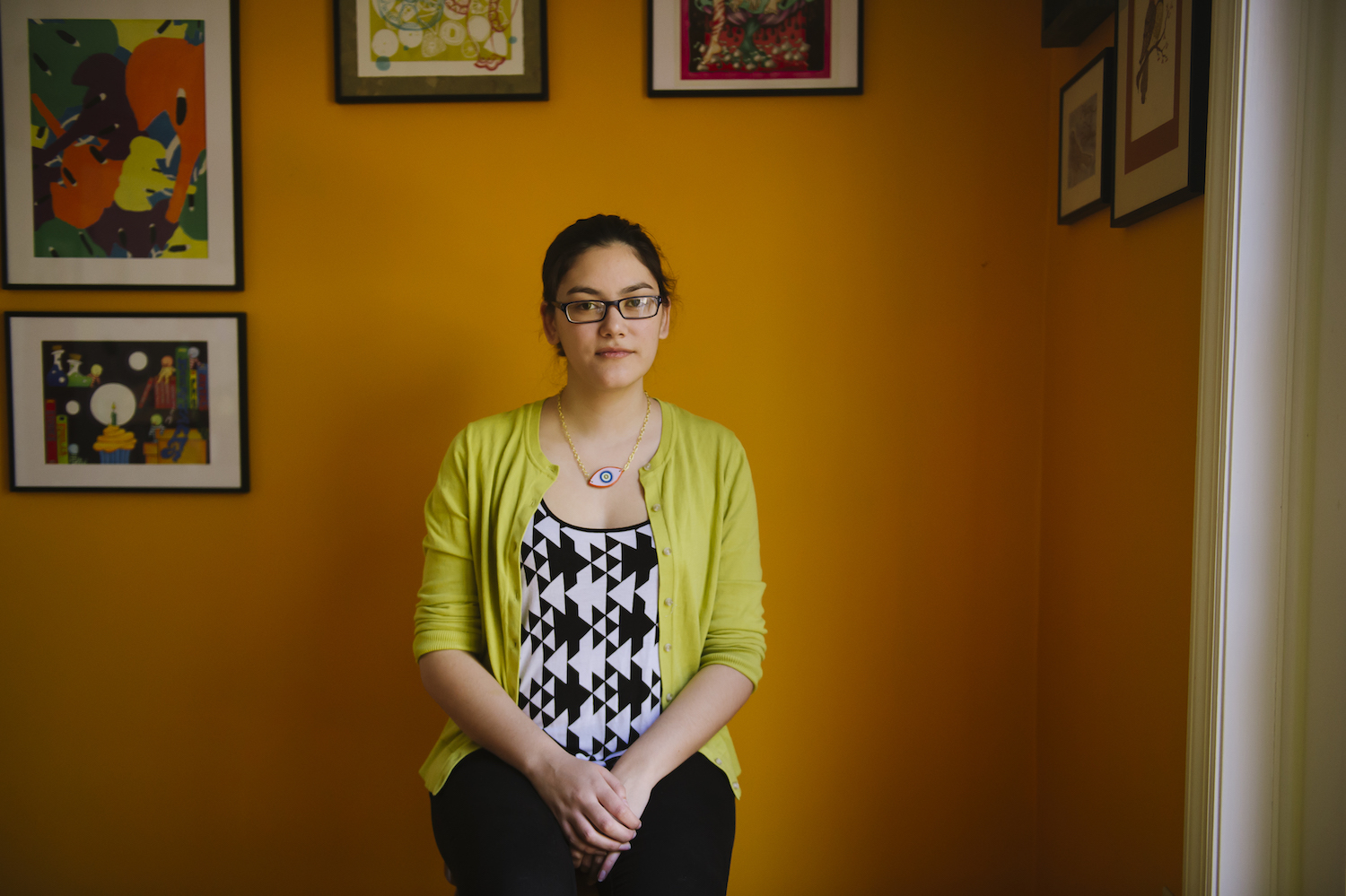
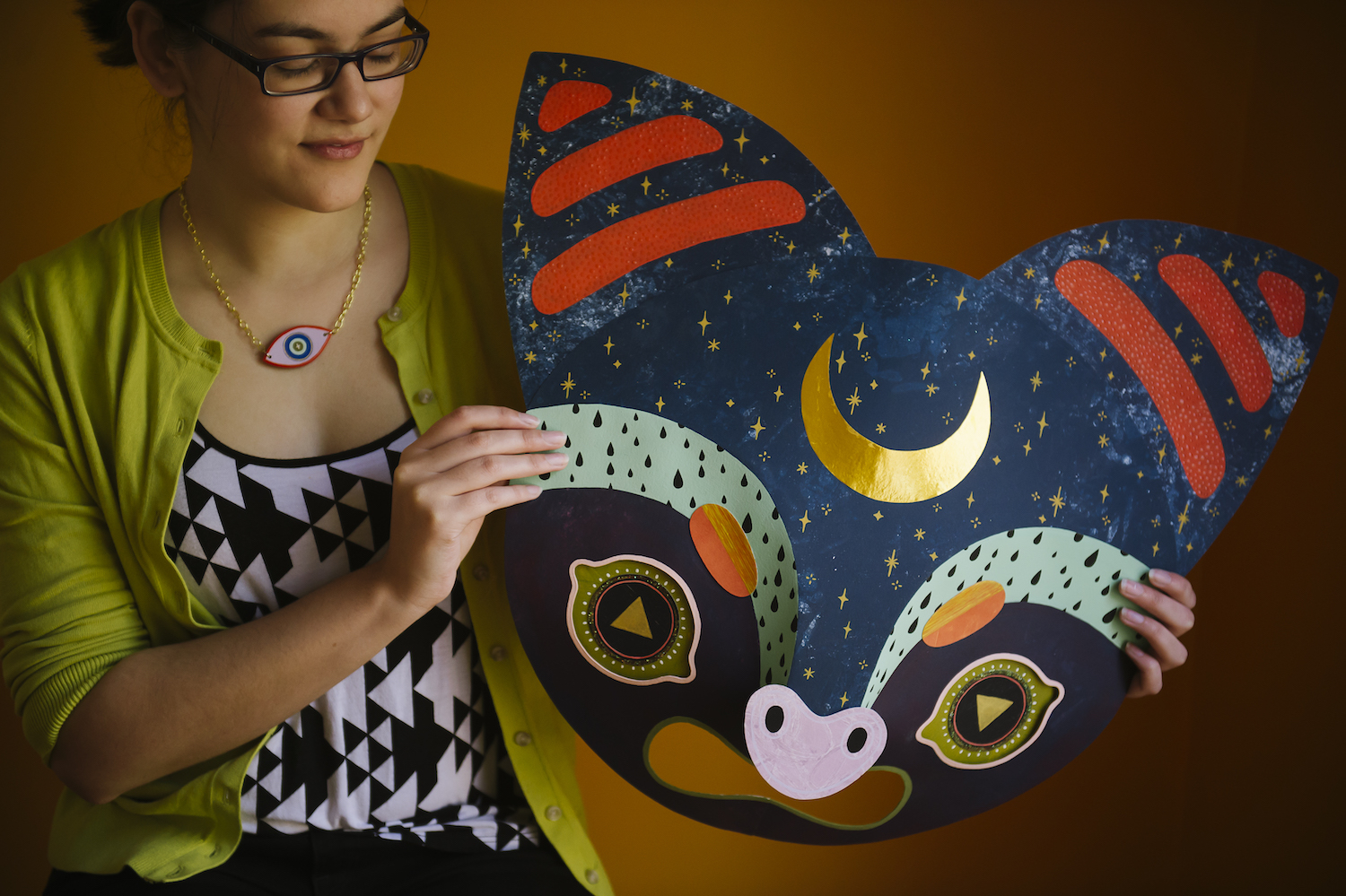
Are there any S6 artists you’re following that you’d like to tell us about?
Just a few whose work I love are: Rachel Peck, Valeriya Volkova (particularly her series of houses), Henn Kim, Pedro Takahashi, and Pam Wishbow.
What’s next for Camille Chew?
After the solo show concluding my fellowship in June, I plan to continue working on personal projects and any commercial commissions that come my way. I have an astrology series to finish and I’ve just recently begun illustrating my own tarot deck. I’ve also been thinking about the possibility of going to grad school for printmaking in the future.
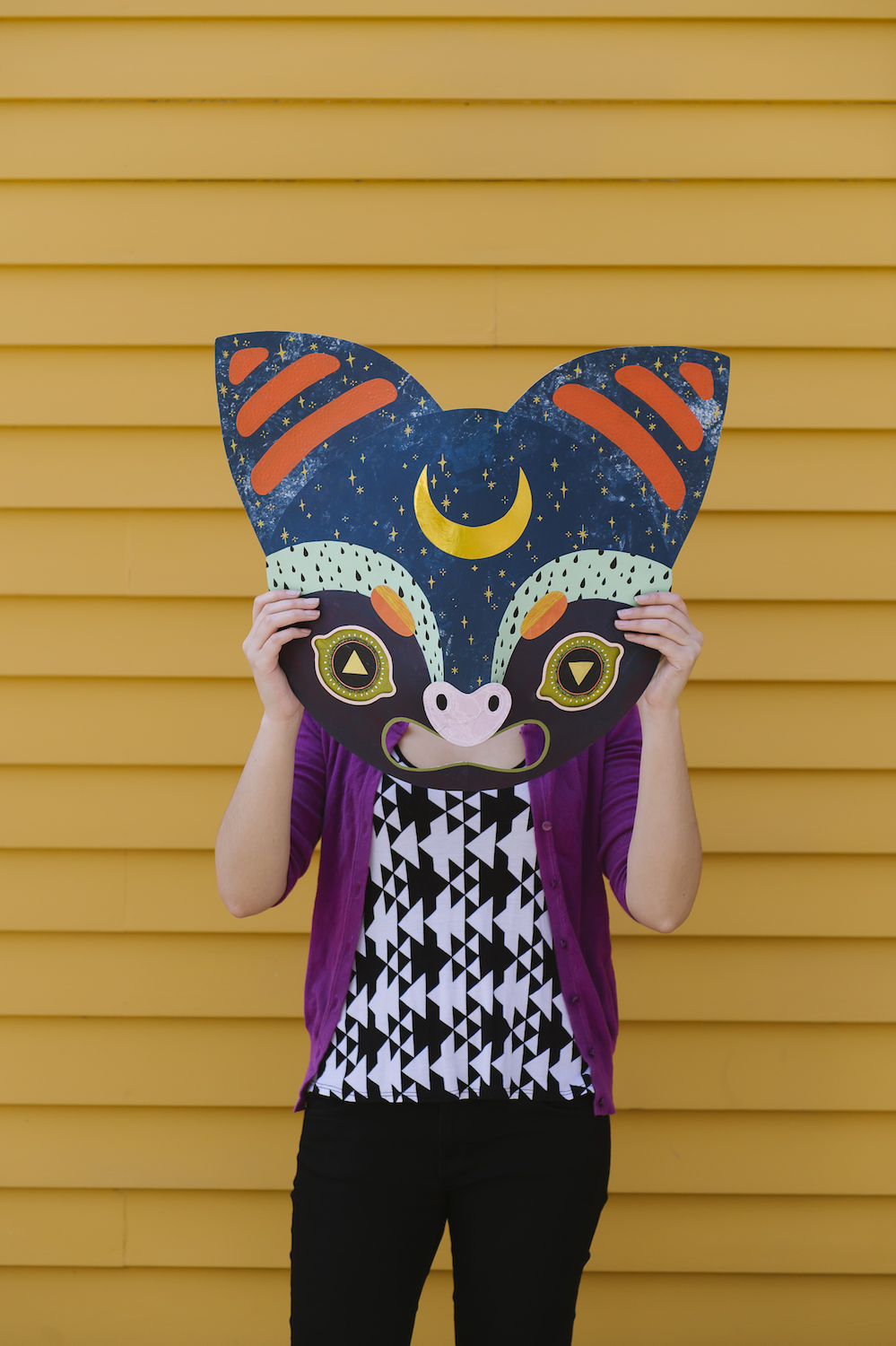
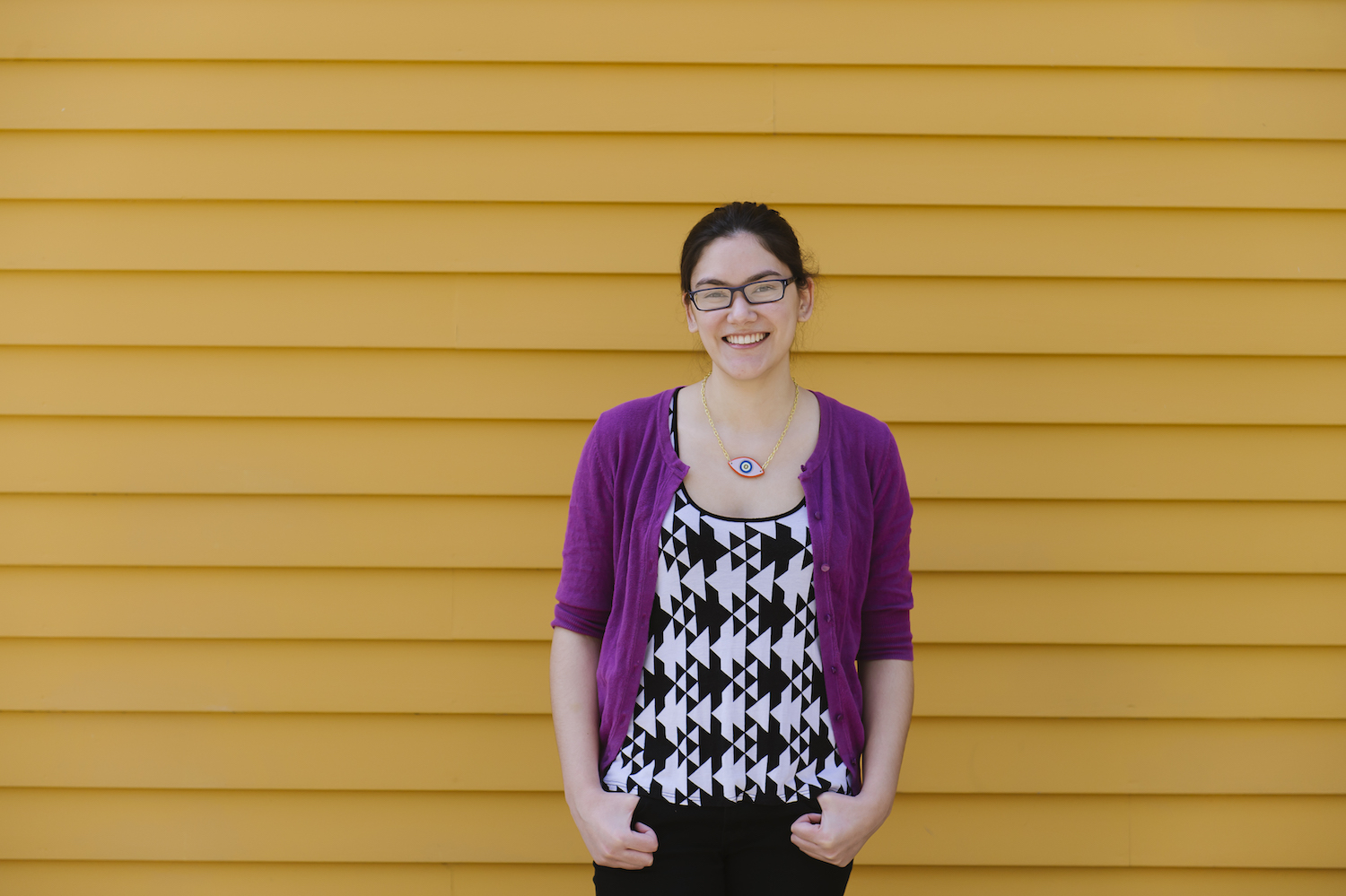
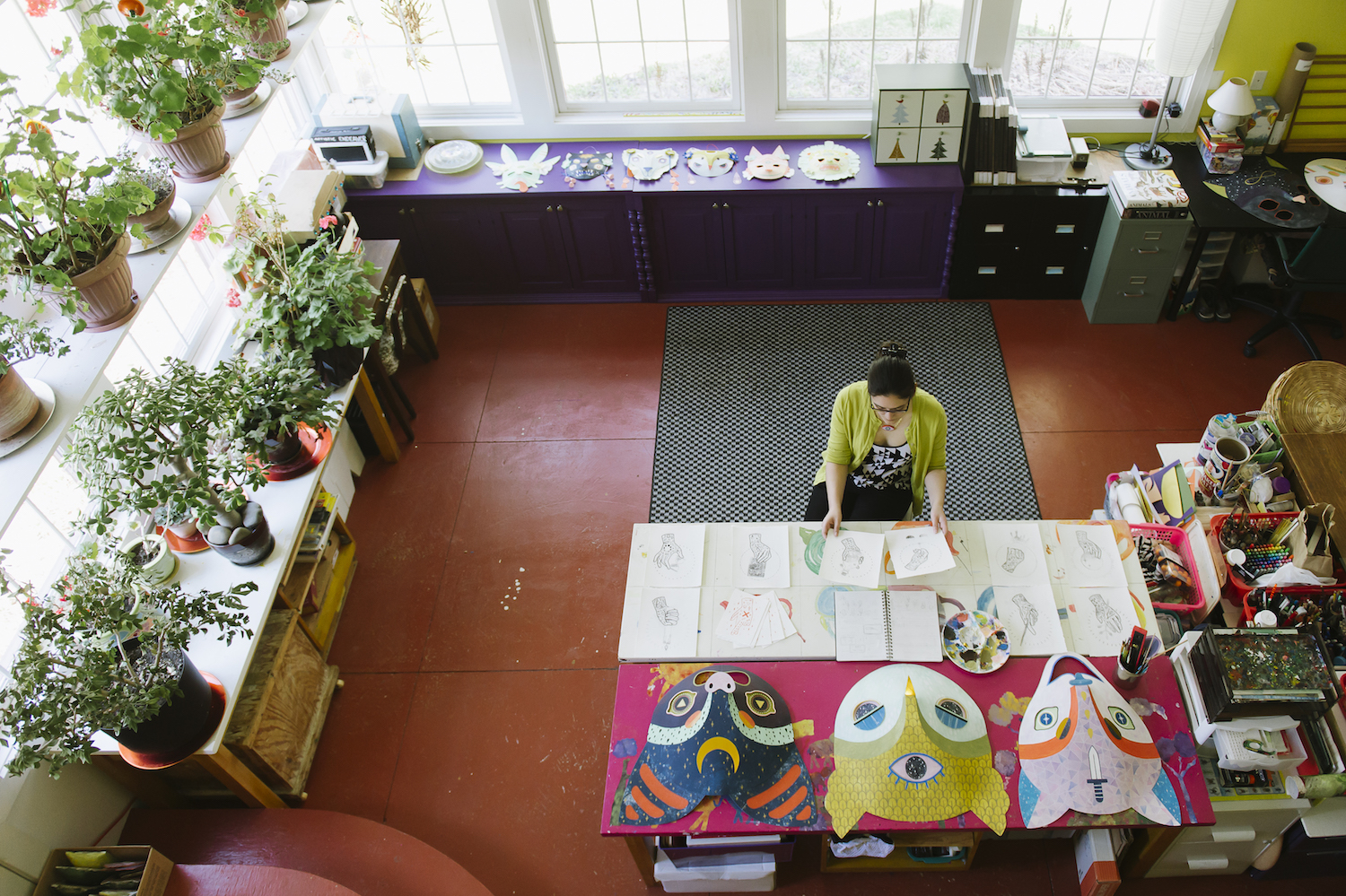
Interview by Tim Maclean
Photos by Martha Swann
Comments